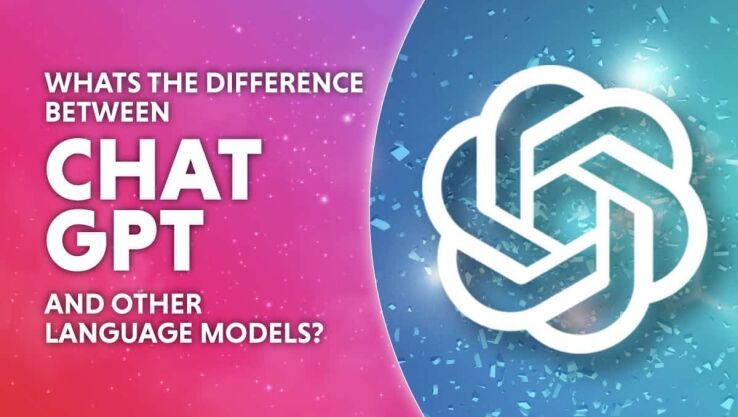What is the difference between ChatGPT vs other language models?
How does Chat GPT Compare?

WePC is reader-supported. When you buy through links on our site, we may earn an affiliate commission. Prices subject to change. Learn more
ChatGPT, the language model developed by OpenAI, is a cutting-edge tool for natural language processing (NLP) applications.
Its large corpus of training data, fine-tuning capabilities, and pre-training methodology set it apart from other language models in the market.
In this article, we will explore the differences between ChatGPT and its competitors. One of the defining features of ChatGPT is the sheer size of the corpus of data it was trained on. With over 45 terabytes of text, ChatGPT is one of the largest language models in existence.
In contrast, its competitors are trained on significantly smaller datasets, ranging from several gigabytes to a few terabytes of text. This difference in training data size has a significant impact on the performance and accuracy of the model. The larger the training data, the more diverse and comprehensive the language model can be.
READ NOW: How is Chat GPT trained?
What else is different?
Another difference between ChatGPT and other language models is the way in which the models are fine-tuned. OpenAI has fine-tuned ChatGPT for specific NLP tasks such as question answering and text generation by further training it on smaller, specialized datasets.
This fine-tuning capability allows ChatGPT to generate text that is highly relevant to specific domains and industries. While other language models can also be fine-tuned for specific use cases, they may require additional training data and computational resources to achieve the same level of accuracy.
The model size of ChatGPT is another factor that sets it apart from its competitors. With over 175 billion parameters, it is one of the largest language models in existence.
In comparison, BERT, RoBERTa, and XLNet, some of its main competitors, have significantly fewer parameters, ranging from 110 million to 340 million. The large model size of ChatGPT allows it to generate more accurate and coherent text, but also comes with some drawbacks such as increased latency and consumption of more energy as compared other language models.
Pre-training is another aspect in which ChatGPT excels. By being pre-trained on a massive amount of text data, ChatGPT has the ability to understand and respond to a wide variety of topics and conversations. This pre-training provides ChatGPT with a solid foundation that can be further fine-tuned for specific use cases.
ChatGPT’s large model size and optimized algorithms allow it to generate text much faster than other models. With the use of parallel processing, ChatGPT can produce high-quality text in real-time, making it an ideal tool for NLP applications that require quick response times.
Comparing the Parameters Used by Other Language Models to ChatGPT’s 175 Billion Parameters:
- BERT: 108 Million Parameters
- XLNet: 340 Million Parameters
- RoBERTa: 123 Million Parameters
- ALBERT: 12 Million Parameters